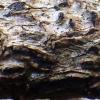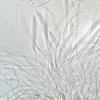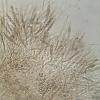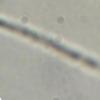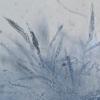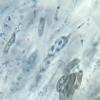
24-12-2025 17:08
Hulda Caroline HolteHello, I have found this propoloid ascomycete on

21-12-2025 09:32
Hello.A tiny ascomycete found embedded in wood in

21-12-2025 21:32
Pol DebaenstHello, Garden, Burgweg 19, Veurne, BelgiumOn 10/1

22-12-2025 23:38
Patrice TANCHAUDBonsoir, récolte sur un mur en pierre, apothéci

22-12-2025 00:47
Patrice TANCHAUDBonsoir, récolte à proximité du milieu dunaire
Pyreno on Coronilla
Lepista Zacarias,
16-02-2017 23:11
I was looking for fungi on Coronilla where recently I found Gibberella zeae (see http://www.ascofrance.fr/search_forum/46891) and this strange one (to me) shows up. The fruit bodies are perithecia, immersed in the wood. I had made several microscopy before I could see some few mature spores, which are light brown, alantoid appearance and dimensions in the ranges 10-15 x 2-3 um. All parts are I-.
Attached you can find several photos. Can you give me some hint about what it is?
Thanking in advance,
zaca
Lepista Zacarias,
19-02-2017 19:53
Re : Pyreno on Coronilla
I was told and agree that my sentence "All parts are I-" may not be correct, since in the 3rd photo from microscopy (Image 5) some of the asci present faintly bluish apices.
My present understanding is that this may belong to the Diatrypaceae family. Is it possible to go to the genus?
My present understanding is that this may belong to the Diatrypaceae family. Is it possible to go to the genus?
